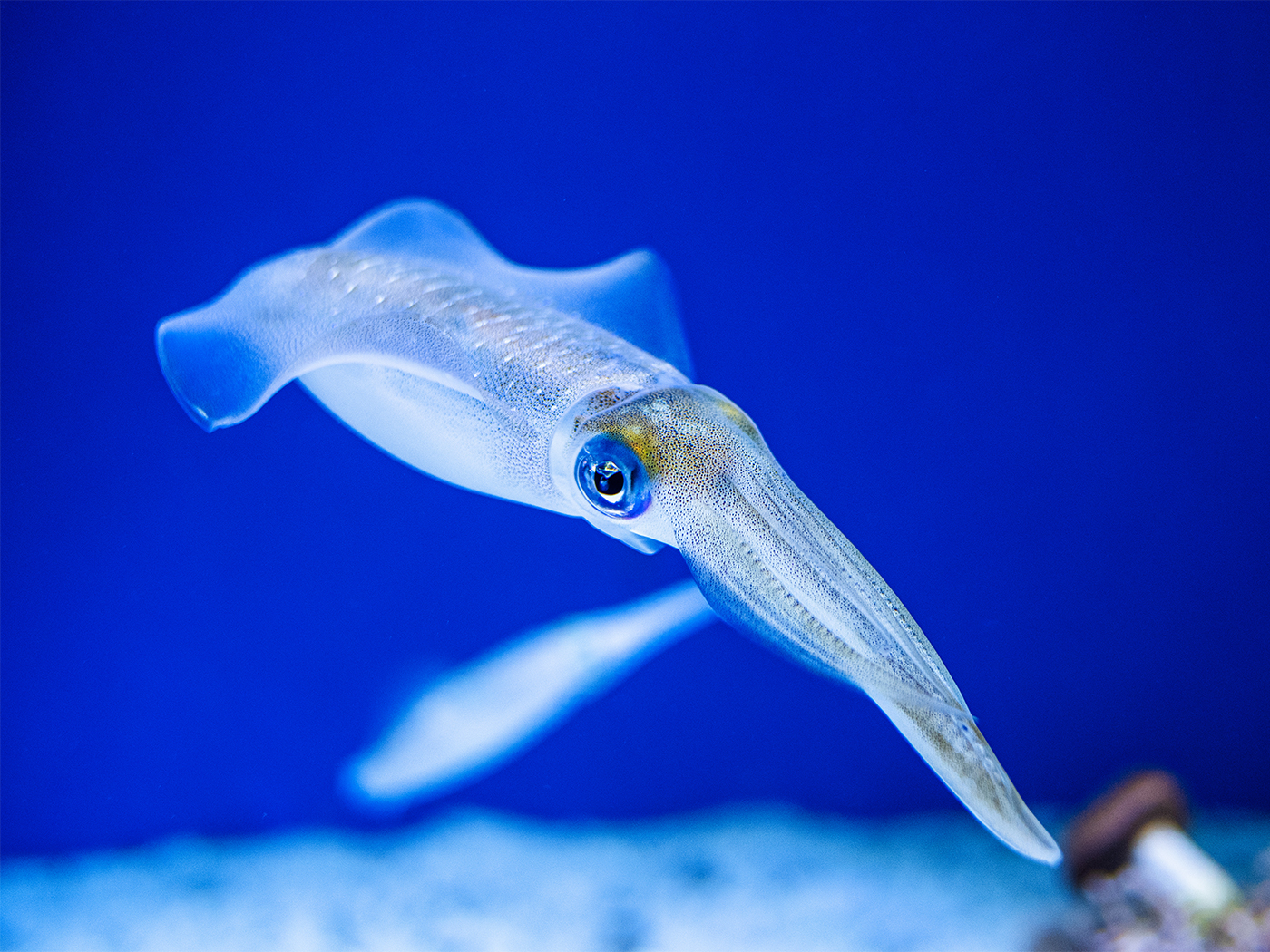For example, it has been known for decades that plants can defend themselves from predators.3 But recent research by plant scientists have discovered a sophisticated process of cellular signaling that helps the plant defend itself and use energy for growth.4
Carnegie's Zhiyong Wang and other scientists determined how plant cells use complex circuits for threat detection.
There are two main types of threat-detection mechanisms in plant cells—the ability to recognize distinctive chemical patterns that signify an invader, such as components of a bacterial cell, and the ability to recognize a disruption caused by invading pathogen.5
This is accomplished in part by a unique and complex enzyme.
Wang and his research collaborators ... traced one enzyme's role in biochemical signaling pathways for both types of threat recognition. Called BSU1, the researchers demonstrated that it plays key, but distinct, roles...5
The article states plants have “evolved an incredible network of information-processing circuits.”5 But it has never been shown or described how such circuits can originate by way of time, fortuitous mutations, and chance. Conversely, creationists state plants have been designed with “an incredible network of information-processing circuits.”
“The Continuous Environmental Tracking (CET) hypothesis incorporates human engineering analogues and assumes that organisms have been designed with intelligently engineered systems that include sensors, logic mechanisms, and output responses.”6 God designed plants (and people and animals) to constantly monitor and respond to changing environmental conditions using sensors. These sensors are connected to biochemical pathways that are logic mechanisms affecting output responses that enable the plant to adjust accordingly.
Indeed, the evolutionists said as much when they stated, “Higher plants put hundreds of highly specialized sensors, called receptor kinases, on their cell surfaces to monitor the environment and to communicate between cells.”5 Notice it was the higher plants that somehow put the kinases on their own cell surfaces, not the Creator.
CET is clearly seen in how immune and growth responses within the plant are interconnected.
. . . they are a stunning revelation of the way plant's take in information, process it through biochemical circuits that mimic a binary computer language, and react to environmental conditions to improve their chances of survival.
"Our work demonstrates how a protein like BSU1 can act like a computer chip in processing complex information," Wang concluded.5
"Our work demonstrates how a protein like BSU1 can act like a computer chip in processing complex information," Wang concluded.5
In 2020, five evolutionists rightly asked how these metabolic pathways evolved, “How did such vastly complex metabolic schemes develop? The exact history of this phase of life’s evolution is unknown.”7
It is interesting to note the article has much to say about highly specialized sensors and molecular, biochemical, and communication circuits, which happen to be the components of CET, but the article never mentions natural selection.
References
1. Sherwin, F. Complex Plant Systems: Rooted in God's Genius. Creation Science Update. Posted on ICR.org November 1, 2008, accessed July 19, 2022; Thomas, B. Plants' Built-in Photosynthesis Accelerators. Creation Science Update. Posted on ICR.org November 20, 2014, accessed July 18, 2022.
2. Morris, J. Are Plants Alive? Creation Science Update. Posted on ICR.org September 1, 1991, accessed July 18, 2022.
3. Sherwin, F. All-Out War in the Cornfield. Creation Science Update. Posted on ICR.org August 1, 2005, accessed July 19, 2022.
4. Park, C.H. et al. 2022. Deconvoluting signals downstream of growth and immune receptor kinases by phosphocodes of the BSU1 family of phosphatases. Nature Plants 8:646-655.
5. Staff Writer. How plants' threat-detection mechanisms raise the alarm. Phys.org. Posted on phys.org June 14, 2022, accessed July 20, 2022.
6. Tomkins, J. Seed Water Sensor Confirms CET Design Model. Creation Science Update. Posted on ICR.org August 19, 2021, accessed July 18, 2022.
7. Hickman, C. et al. 2020. Integrated Principles of Zoology. 18th edition. McGraw Hill. 30.
Dr. Sherwin is Research Scientist at the Institute for Creation Research. He earned an M.A. in zoology from the University of Northern Colorado and received an Honorary Doctorate of Science from Pensacola Christian College.























